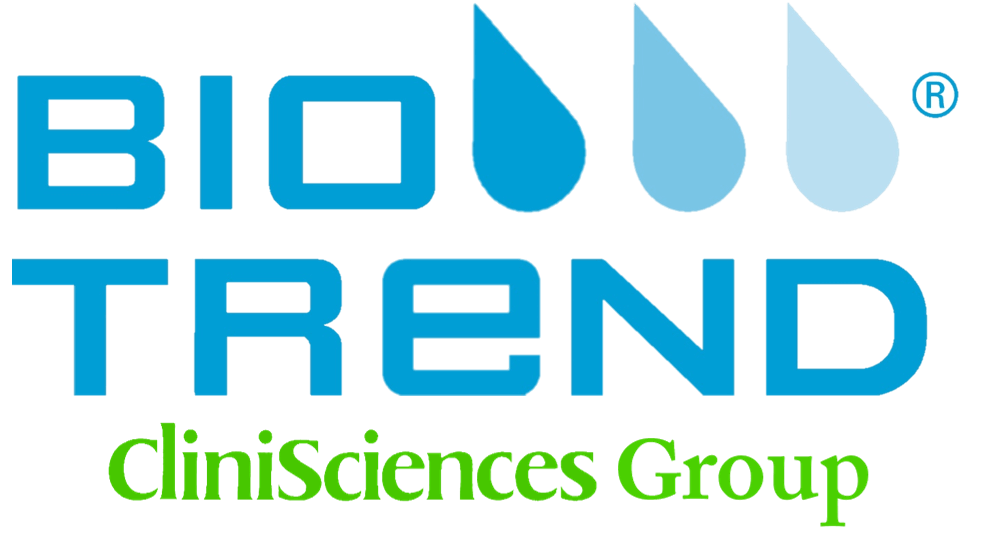Glycerol (Glycerine)
Cat# G8145-10L
Size : 10L
Brand : US Biological
G8145 Glycerol (Glycerine)
Clone Type
PolyclonalGrade
Molecular Biology GradeShipping Temp
RTStorage Temp
RTGlycerol is a chemical compound also commonly called glycerin or glycerine. It is a colorless, odorless, viscous liquid that is widely used in pharmaceutical formulations. Glycerol is a sugar alcohol, and is sweet-tasting and of low toxicity. Glycerol has three hydrophilic alcoholic hydroxyl groups that are responsible for its solubility in water and its hygroscopic nature. Its surface tension is 64.00mN/m at 20°C, and it has a temperature coefficient of -0.0598mN/(mK). The glycerol substructure is a central component of many lipids.||Glycerol is used both in sample preparation and gel formation for polyacrylamide gel electrophoresis. Glycerol (5-10%) increases the density of a sample so that the sample will layer at the bottom of a gel’s sample well. Glycerol is also used to aid in casting gradient gels and as a protein stabilizer and storage buffer component.||Synonyms:|1,2,3-Propanetriol; 1,3-dihydroxy-2-propanol; Propanetriol; 1,2,3-Trihydroxypropane; Bulbold; Cognis G; Cristal; DG; DG Glycerin; E 422; Emery 916; GL 300; Glycerin; Glycerin DG; Glycerine; Glyceritol; Glycyl Alcohol; Glyrol; Glysanin; IFP; M 314429; Mackstat H 66; NSC 9230; Osmoglyn; rine 9088; rine 9091; RG; RG-S; Trihydroxypropane||CAS No:|56-81-5||Molecular Formula:|C3H8O3||Molecular Weight:|92.09||Purity:|≥99.7%||Appearance:|Clear, viscous liquid||Identification (IR):|Conforms to reference||Water:|≤0.3%||Heavy Metals:|≤0.0005%||Specific Gravity @25°C:|1.2607-1.2650||Sulfate:|≤0.002%||Chloride:|≤0.003%||RNase:|None Detected||DNase:|None Detected||Protease:|None Detected||Storage and Stability:|Store at RT. Stable for 12 months.||Meets or exceeds USP Specifications


